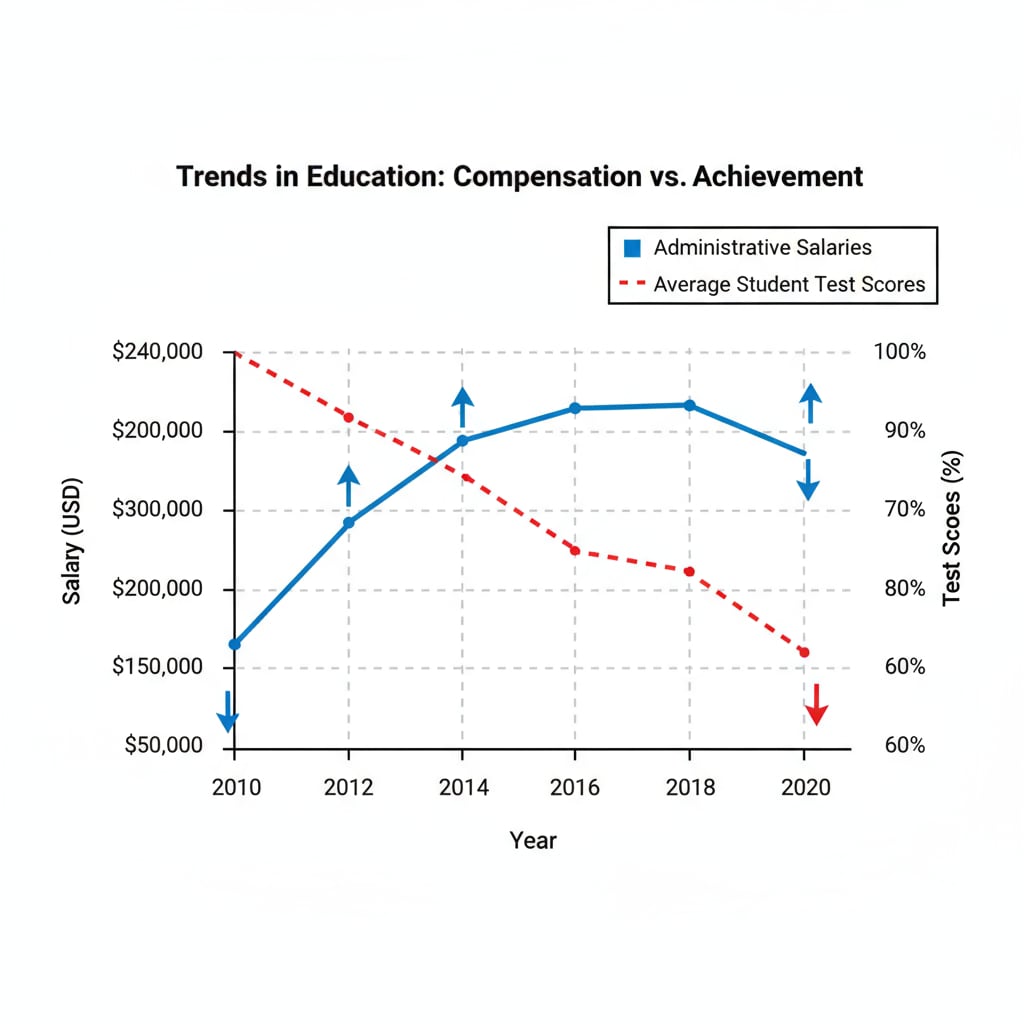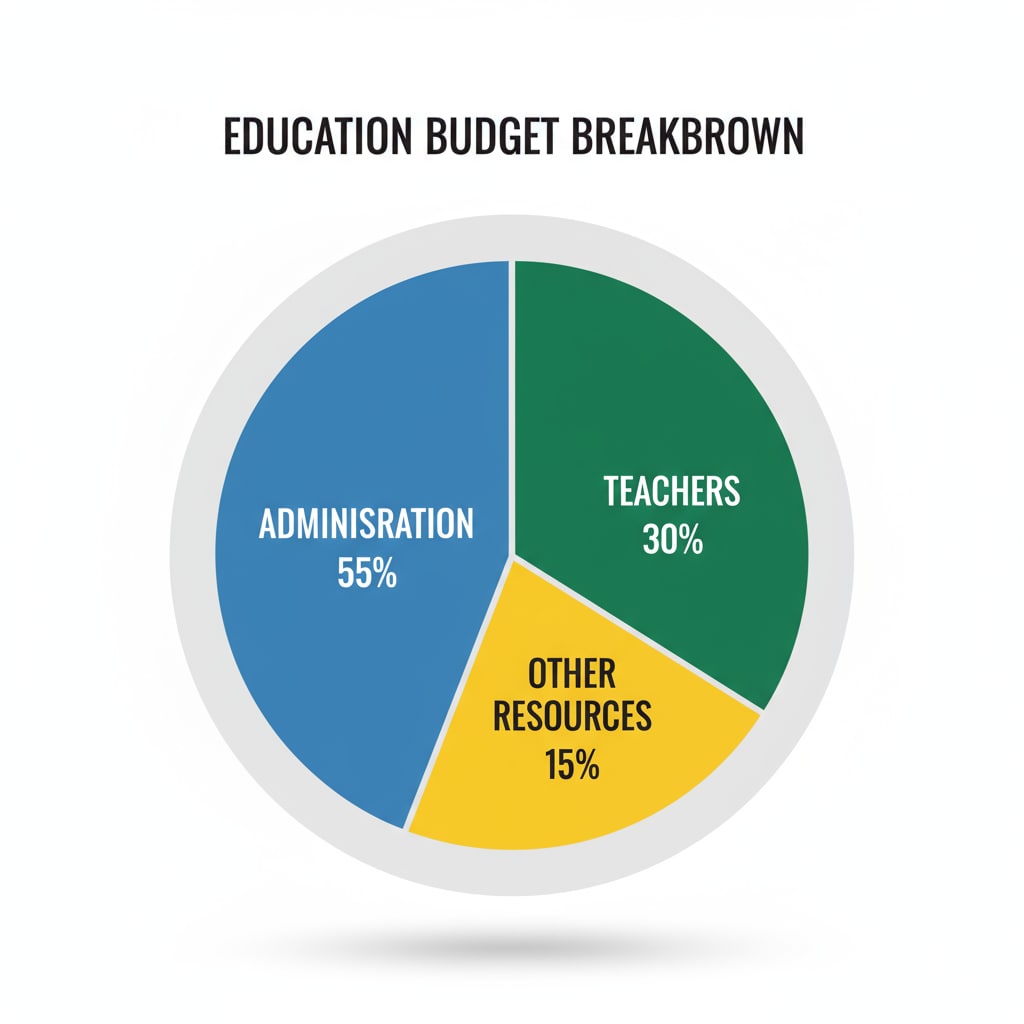Education administration, salary allocation, and student performance are intricately linked aspects of the educational system. In recent times, there has been a concerning trend where the misallocation of education resources, particularly in terms of administrative salary inflation, is having a detrimental effect on student achievement.

This issue demands our immediate attention as it strikes at the very core of what education aims to achieve – the holistic development of students.
The Current State of Education Resource Allocation
The current education resource allocation model seems to be skewed. A significant portion of the budget is being funneled towards administrative positions. According to National Center for Education Statistics, the growth in administrative staff salaries has outpaced that of teachers in many educational institutions. This has led to a situation where resources that could have been used to enhance teaching materials, provide better learning facilities, or offer additional tutoring for students are being diverted. As a result, the quality of education at the classroom level is being compromised.

The Impact on Student Performance
The consequences of this misallocation on student performance are evident. When resources are not directed towards improving the teaching and learning environment, students suffer. For example, with limited access to updated textbooks or insufficient one-on-one tutoring, students may struggle to keep up with the curriculum. Research from RAND Corporation has shown a direct correlation between adequate educational resources and better student test scores. However, as administrative salaries continue to rise, the funds available for these essential aspects of education are shrinking, leading to a decline in overall student performance.
Furthermore, the increasing administrative burden can also affect teachers’ ability to focus on teaching. When teachers have to deal with excessive paperwork and administrative tasks, they have less time and energy to plan engaging lessons and provide individualized attention to students. This, in turn, impacts student motivation and learning outcomes.
Readability guidance: As we can see, the issue of education resource allocation is complex. By understanding the current state and its impact on student performance, we can start to look for solutions. We need to reevaluate our priorities and ensure that resources are allocated in a way that benefits students the most.


